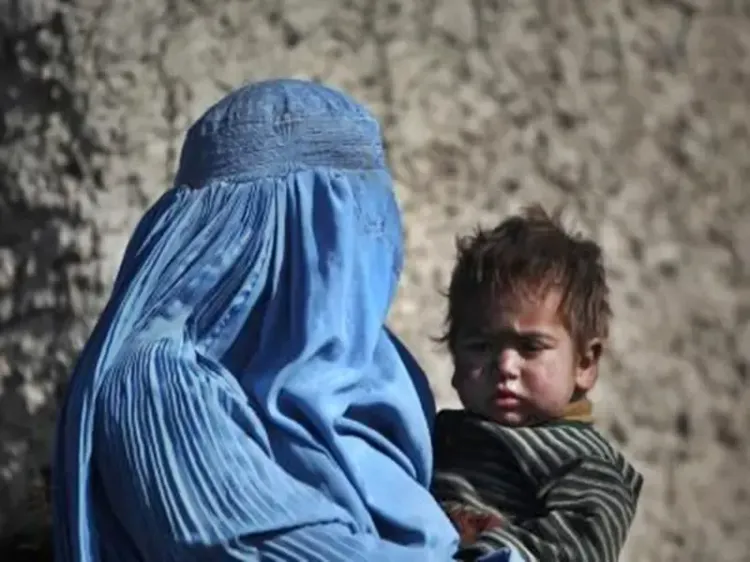Is Rising Poverty a Growing Concern in Pakistan?

Synopsis
Key Takeaways
- Poverty levels in Pakistan have surged to 25.3%.
- The government is prioritizing defense spending over rural development.
- Middle class struggles to achieve economic security.
- Systemic vulnerabilities exposed by crises such as Covid-19 and floods.
- Urgent policy reforms are essential to address poverty sustainably.
New Delhi, Oct 8 (NationPress) The World Bank has raised significant alarms regarding Pakistan's economic situation, indicating that the country has not been able to decrease poverty levels despite substantial loans provided by the IMF.
The existing growth model has not succeeded in improving the lives of the underprivileged, with the headcount ratio (HCR) reaching a worrisome peak of 25.3 percent, marking a 7 percent increase since 2023, as highlighted in the World Bank report.
Rather than prioritizing rural development to combat poverty, the Pakistani government has diverted its focus towards escalating defense spending.
The World Bank report, titled “Reclaiming Momentum Towards Prosperity: Pakistan’s Poverty, Equity and Resilience Assessment”, published on September 23, reveals that even the aspiring middle class, representing 42.7 percent of the population, is struggling to attain full economic stability.
Pakistan's previously encouraging poverty reduction trajectory has now hit a disturbing standstill, reversing years of hard-earned progress.
Having dramatically lowered poverty from 64.3 percent in 2001 to 21.9 percent in 2018—declining by 3 percentage points annually until 2015 before decelerating to less than 1 percentage point per year—recent cumulative shocks have pushed poverty rates back up to a projected 25.3 percent by 2023-24, according to the report.
The economic model that initially yielded positive results has reached its limits, with 14 percent of the population in 2018 still at risk of falling back into poverty due to unforeseen challenges.
Multiple crises—such as Covid-19, economic instability, disastrous floods, and unprecedented inflation—have further revealed systemic vulnerabilities, leaving many stuck in low-productivity jobs and unable to manage these adversities, as the report indicates.
Urgent policy reforms are now crucial to rectify structural inequalities, avert a return to poverty during shocks, and confront ongoing issues in remote regions. This Poverty, Equity, and Resilience Assessment, the first of its kind since the early 2000s, examines how poverty has evolved in Pakistan, integrating both traditional and non-traditional data to provide a comprehensive analysis and strategic insights for the country’s poverty alleviation and equity efforts.
This thorough assessment aspires to offer a clear roadmap for policymakers and stakeholders to effectively tackle the challenges of poverty and equity in Pakistan, as stated in the report.










